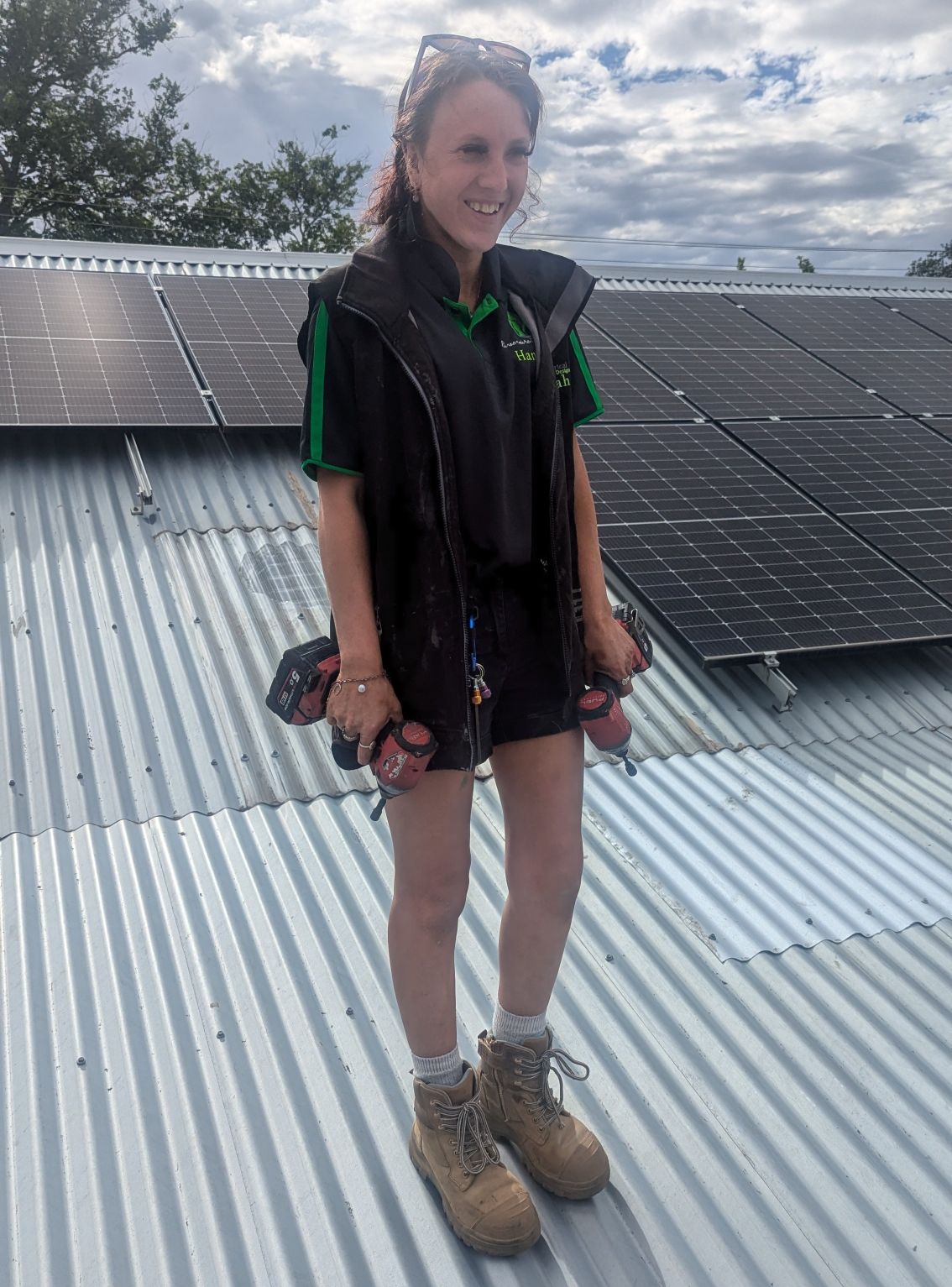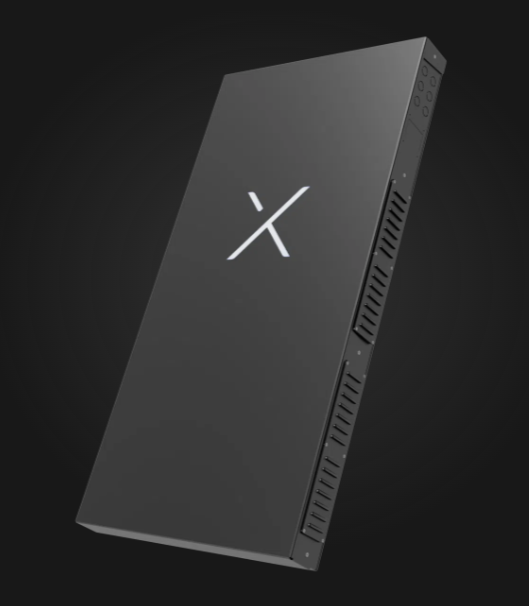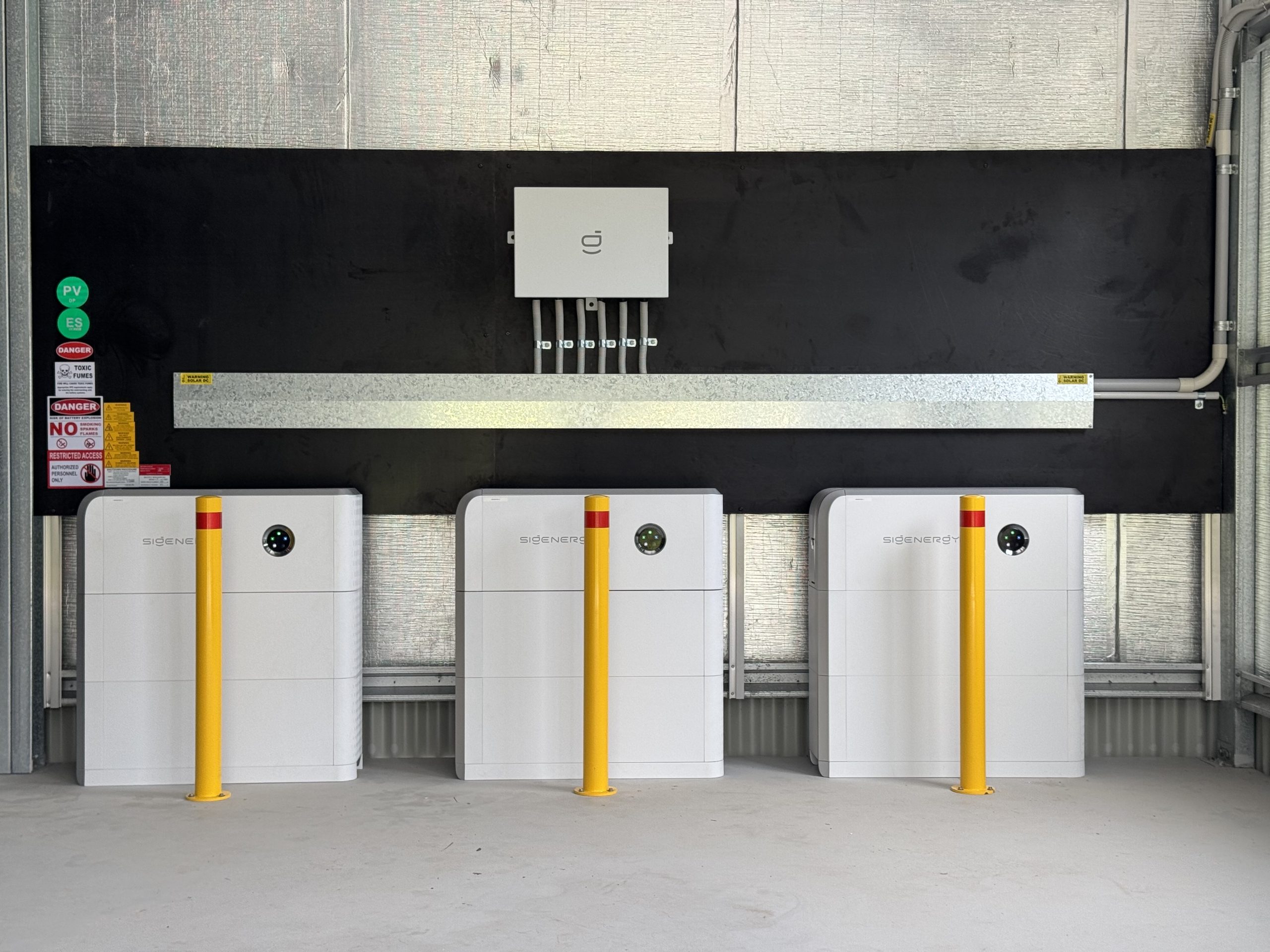
Tesla’s Powerwall 3 is marketed as a means to fast-track the shift towards renewable energy. This model is acclaimed for its easy installation and compatibility with solar panel systems, offering enhanced performance over its predecessor. The Powerwall 3’s increased power capacity and comprehensive home battery storage help stabilize the grid during times of high demand.
In contrast, the Powerwall 2 is better suited for partial backup or light commercial use. To fully power a home with the Powerwall 2, multiple units might be needed.
Both models support the use of renewable energy and reduce carbon emissions when paired with solar panels. Battery backup systems are particularly beneficial in regions with incentivizing utility rates, as they can maintain power supply during outages and help reduce energy costs.
The expected price of the Tesla Powerwall 3 is anticipated to be similar to that of the Powerwall 2, with a pre-installation cost of around AU$10,400. This price does not include the Tesla Gateway, an essential component priced at an additional AU$1,700. The Gateway manages the grid connection, ensures safe disconnection of your home, and initiates backup operations during power outages.
The Powerwall 2 has become one of the most installed home battery storage units globally. It replaced the original Powerwall, which offered 10kWh of storage but had a limited lifespan of 500 cycles. The Powerwall 2 initially came with 7kWh of storage but was designed to last for 10 years and serve as a daily backup energy source. It now provides 13.5kWh of usable energy with a 10-year warranty for ‘unlimited cycles’.
As technology advances, consumers expect upgrades. The Powerwall 3 is the latest development in the Powerwall series, offering further enhancements in energy storage and backup capabilities.



